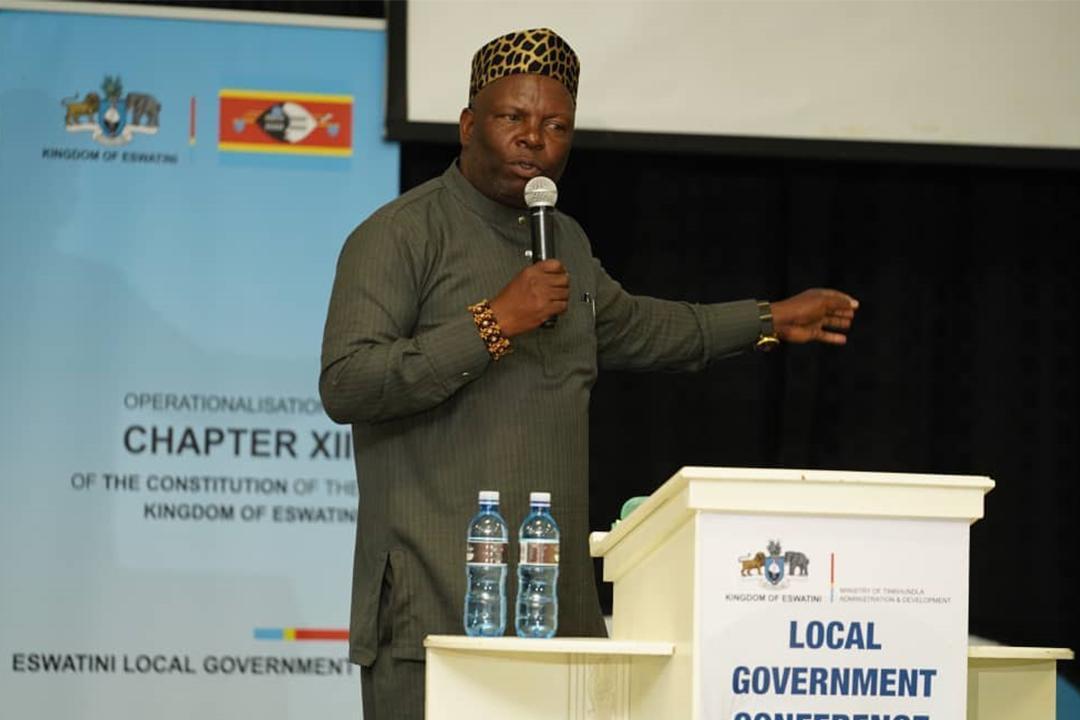Africa-Press – Eswatini. Eswatini’s journey to a unified local government system under the Tinkhundla model gained a powerful ally this week, Kenya.
During Day Two of the Eswatini Local Government Conference, Dr Francis Irungu Kang’ata, Governor of Murang’a County, delivered a presentation that left delegates with a renewed sense of purpose, drawing clear parallels between Kenya’s devolved system and Eswatini’s constitutional vision under Chapter XIII.
The session, held inside the buzzing Esangweni Hall, was part of a broader effort to benchmark international best practices as Eswatini moves toward finalising its Local Government Bill.
Dr Kang’ata explained how Kenya’s 2010 Constitution laid the foundation for a strong and protected system of local governance.
He said county governments in Kenya are guaranteed by law, and this constitutional protection ensures stability and continuity in service delivery.
“This kind of legal clarity is important,” he said, “because it stops power from shifting based on personalities. The system survives beyond politics, and that’s what makes it work.”
Eswatini’s own process, rooted in the Tinkhundla model, is also enshrined in the Constitution. But what impressed local delegates most was Kenya’s step-by-step legislative rollout, with laws such as the County Governments Act, Public Finance Management Act, and Intergovernmental Relations Act giving life to the spirit of decentralisation.
Speaking shortly after the presentation, Manzini Regional Administrator Chief Prince Gija welcomed the lessons from Kenya, saying they would strengthen Eswatini’s own traditional structures.
“What we’re seeing is that decentralisation doesn’t mean letting go of tradition,” he said. “It’s about bringing services closer to the people while keeping leadership rooted in our communities.”
Chief Gija, who is also a Member of Parliament, had earlier reminded delegates that chiefs already play a key role in local governance, from allocating land to working with election committees and protecting community interests.
“We’re not starting from nothing,” he said. “The foundation is already there, we’re just building a stronger house on it.”
Dr Kang’ata’s model showed how revenue collection, automation and legal safeguards can empower local leaders without compromising national unity. In Murang’a, local revenues have tripled thanks to smart systems and transparency.
That sparked an “aha moment” for several participants, who agreed that technology and law must complement tradition, not replace it.
As the conference moves into its final stretch, Kenya’s message is clear: if Eswatini wants a future-proof Tinkhundla system, it must ground it in law, fund it sustainably, and ensure that every Liswati has a voice and access to services.
For More News And Analysis About Eswatini Follow Africa-Press







